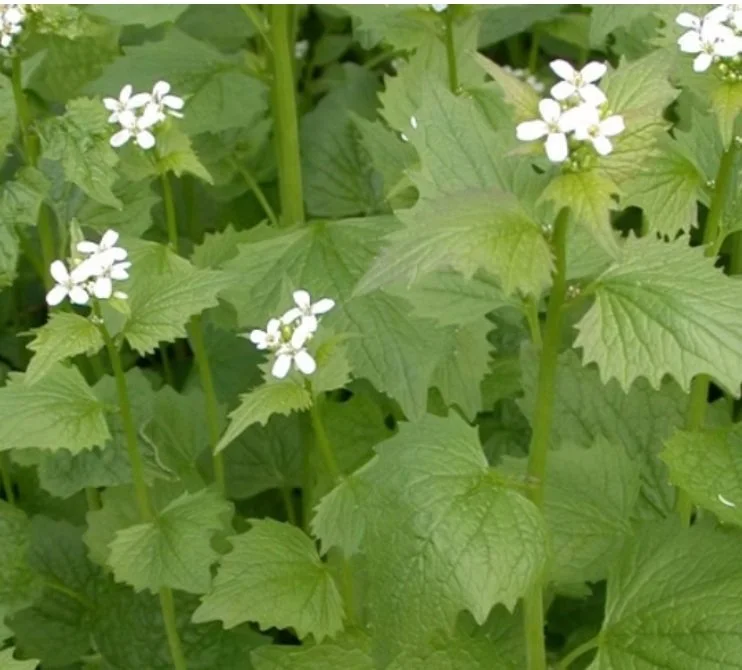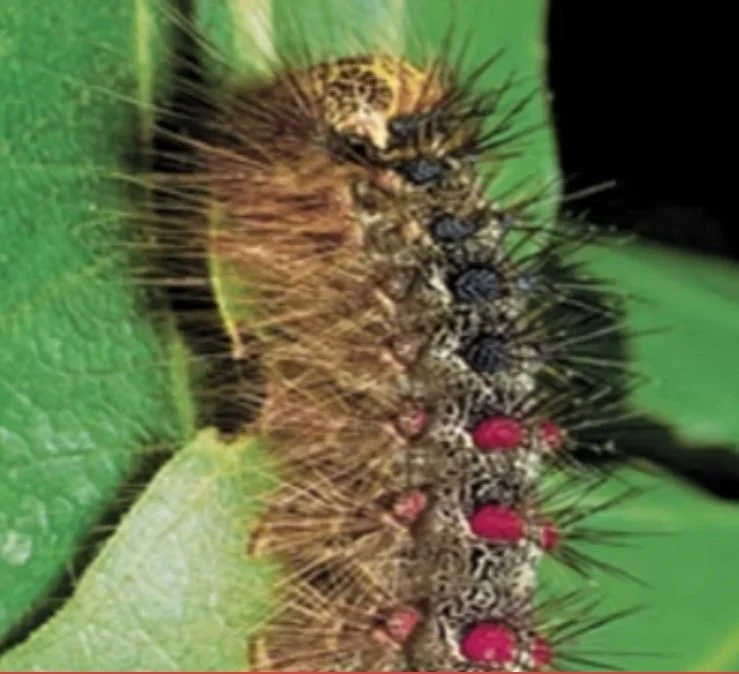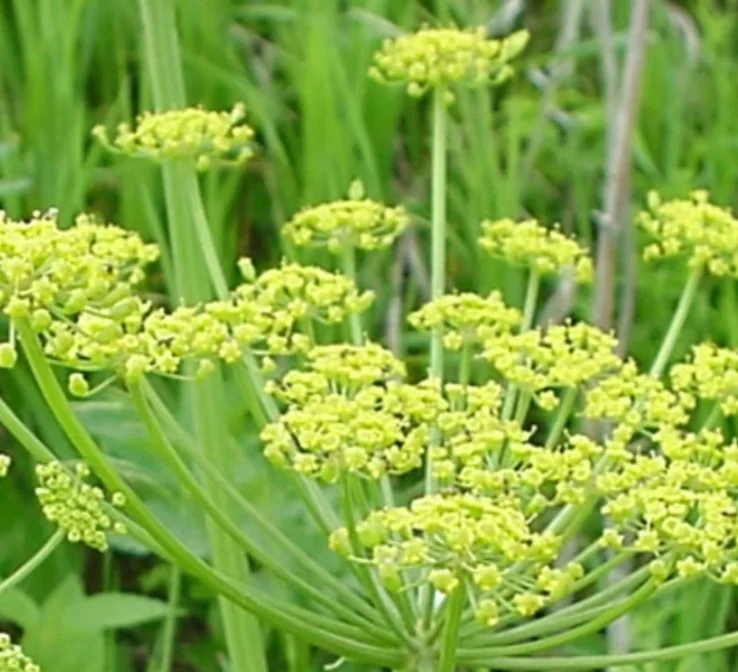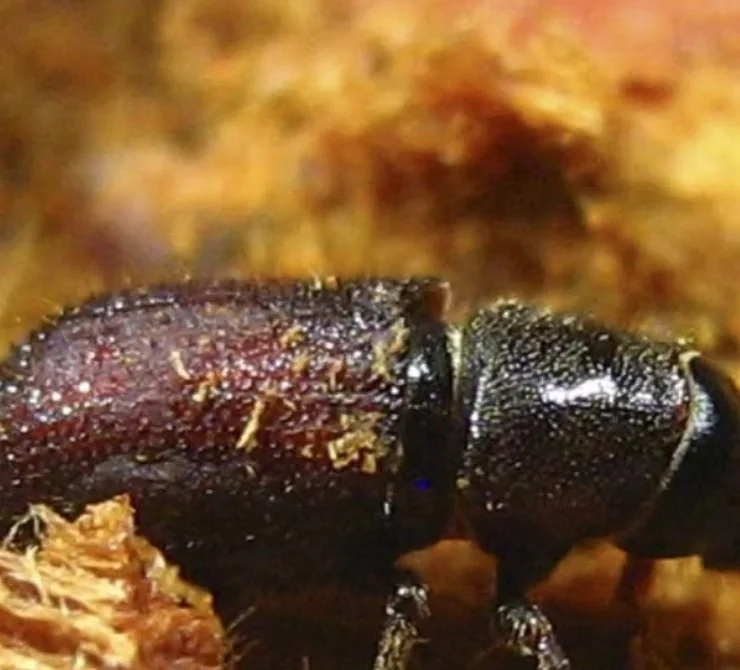Invasive Species: What to look for
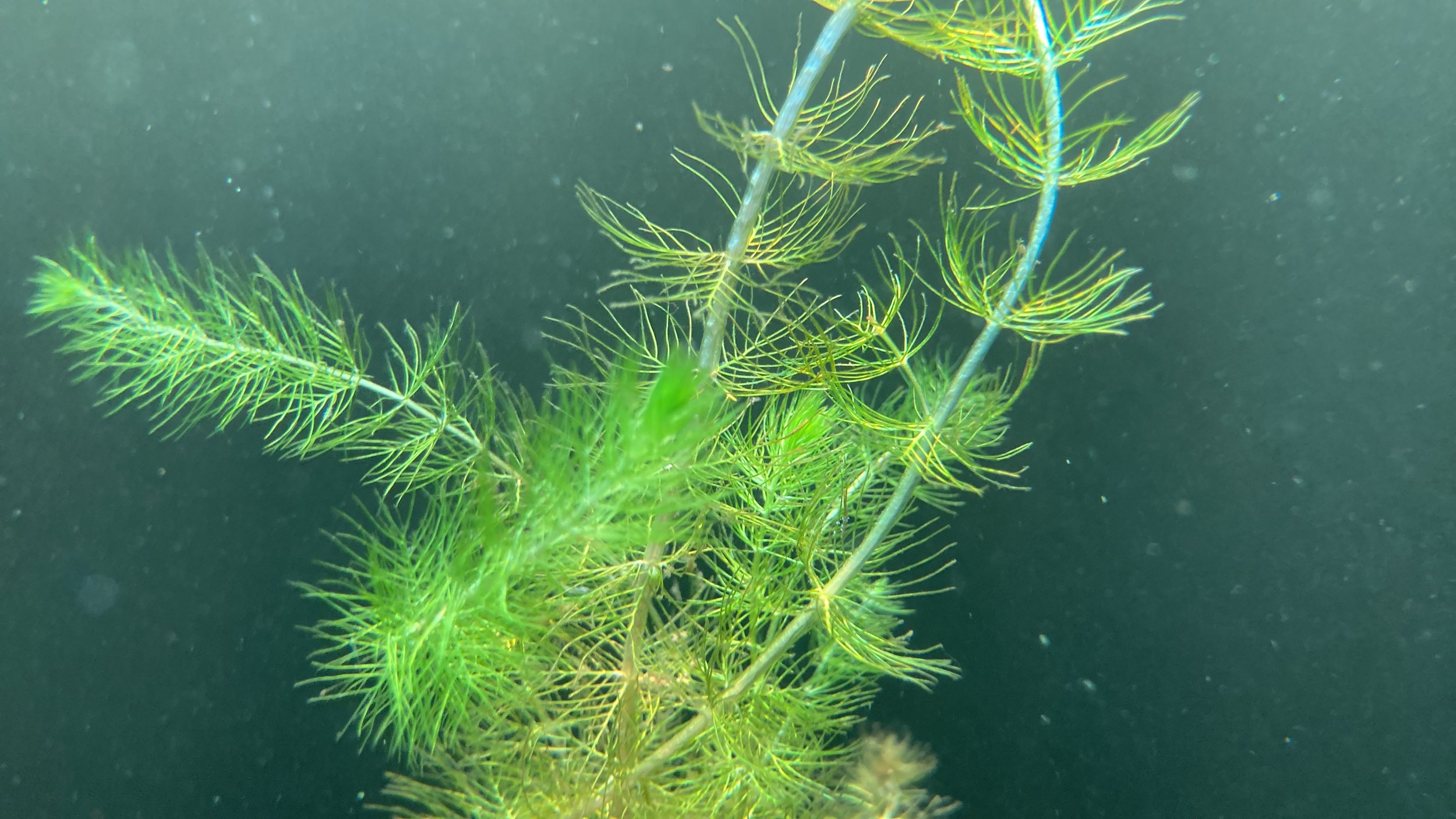
Eurasian Watermilfoil
Eurasian watermilfoil (EWM) is an exotic aquatic nuisance plant which grows very rapidly and spreads quickly and easily. On some lakes it is so extensive that it chokes out the native plants and makes an impenetrable mat on the surface of the water. First found in Schroon Lake at the marina, EWM was so thick that benthic barrier mats (an early method of prevention) were placed on the bottom of the marina channel to kill the plants by depriving them of sunlight and oxygen. They were used in conjunction with hand harvesting in order to bring the milfoil in the marina channel under control. By the end of the summer of 2006 there were a total of 27 mapped sites of milfoil in the lake being hand harvested.
How we are controlling Watermilfoil
Hand harvesting is performed by divers who carefully remove the roots of the plants from the bottom of the lake. This method is deemed the most cost-effective and ecologically sound control strategy given the nature of our infestation. Originally the SLA funded the hand harvesting of EWM but as more and more beds of milfoil were found throughout the lake, it was decided that the Towns of Schroon Lake, Horicon and Chester would combine to fund the control cost in proportion to their "presence" on the lake.
Since 2012 the Towns of Schroon, Chester and Horicon have obtained grants and used Town monies to pay for professional harvesting in Schroon Lake. These efforts, combined with emergency harvesting paid for by the Schroon Lake Association have reduced milfoil levels to "maintenance." We must continue to harvest but we are now winning the war.
There are Volunteer opportunities available to SLA members to assist with this project by patrolling the areas where divers are working to keep them safe from intrusion by other boats while they are at work.
Please Note!! Hand harvesting is work that should ONLY be done by a professional, or the infestation can actually be spread in the process. For more information visit helpful links page.
Learn to Identify Aquatic Invasive Species
(Photo creds ADKInvasives.com and ESSLA.org)

Curly-Leaf Pond Weed

Asian Clam

Eurasian Milfoil

European Frogbit

Fanwort

Hydrilla
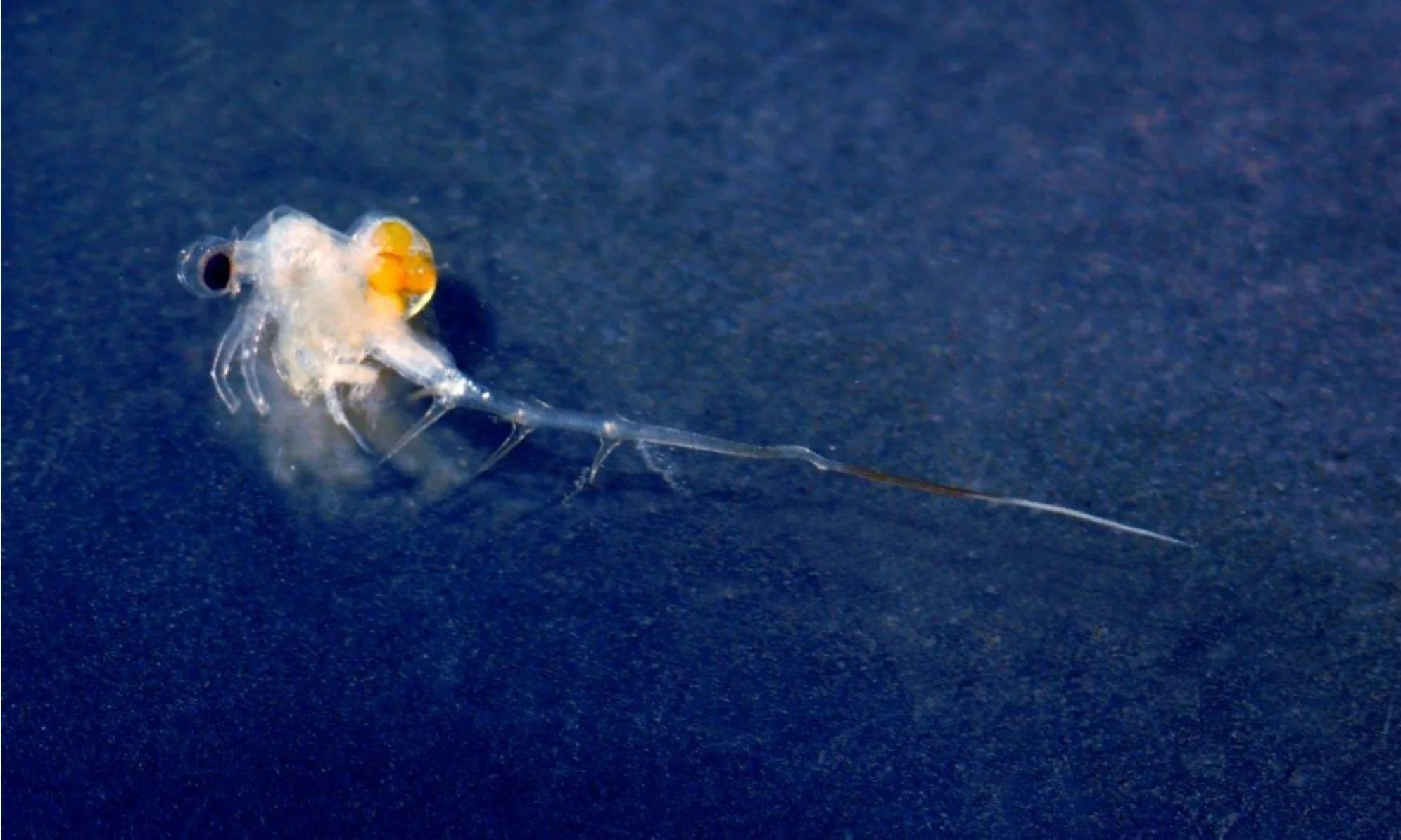
Spiny Waterflea

Zebra Mussels

Water Chestnut
Learn to Identify Terrestrial Invasive Species
For further information go to adkinvasives.com









